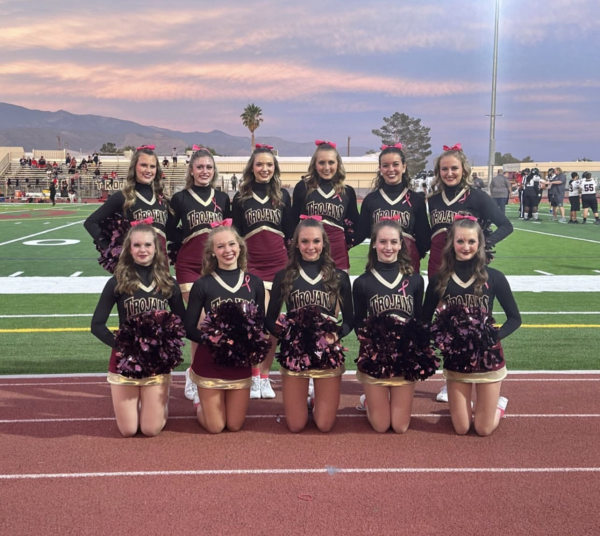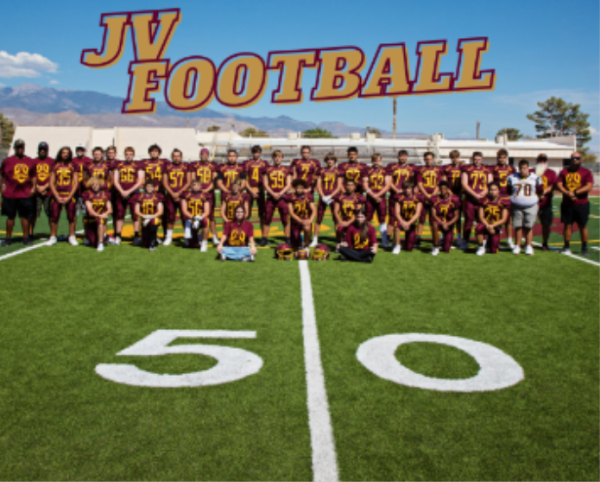Is the biggest emblem of freedom for the U.S. violating the constitution?
Every morning, when class begins, students stand with their hand over their hearts and recite the Pledge of Allegiance because it is a tradition, but is it necessary? The Pledge of Allegiance represents justice, equal rights for all, and the strength of the country along with allowing citizens to express their commitment and devotion to the country.
The pledge was written in August 1892 by the socialist minister Francis Bellamy, and it was first published September 8th in The Youth Companion magazine. A socialist is someone who supports the concept of the government controlling all lands and businesses. It was intended to celebrate Columbus’ 400th anniversary of “discovering” America. Bellamy composed it for all citizens to recite in any country.
In 1923, “to the flag of the United States of America” was conjoined in the pledge to push immigrants and Americans to adopt the “American way” and boost their patriotism for the country.
Minersville v. Gobitis, a court case in 1940, resulted in the court granting public schools permission to force students of any religion including Jehovah Witnesses (who have nontrinitarian beliefs that are distinct from mainstream Christianity) to kowtow, stand, and recite the pledge. The members of the court hoped to instill patriotism among students neglecting their religious beliefs.
Some would say different like Mr. Spangler who says, “ I feel [the pledge] does not pressure anyone to be religious its just people who make political statements that causes problems.”
The court case produced aggressive mobs and the demoralizing of the Jehovah Witnesses until 3 years later, during the West Virginia Board of Education vs. Barnette case. The court voted, forbidding schools from punishing students who choose to remain seating and quiet during the Pledge.
“Under God” was a reverberation to the threat of communism when the country was facing McCarthyism during the Cold War. President Eisenhower encouraged Congress to attach it in 1954. Congress wanted to emphasize the differences between the states and the atheistic Soviet Union.
Some appreciate the term “Under God” such as Kaden Vitto who says, “We are a nation under God. America would not be where we are without God, this is purely God’s grace on how we are free. God bless this beautiful country.”
However many would disagree such as Dayne Shawgo, who doesn’t believe we are under any God, and that the pledge shouldn’t voice it because not everyone believes in God. In fact many religions are God-less including Buddhism.
Regardless, the nativism that birthed the Pledge is still a tradition for schools. Many feel that schools are pressuring students to express ideas against their will and continue to cause Constitutional controversy.
In 2004, Elk Grove Unified District vs. Newdow challenged the use of “under God” in the pledge but the Supreme Court did not rule on if the pledge was in accord with the 1st Amendment. Instead, they permitted Michael Newdow (an atheist) to abstain from reciting the pledge and remain seated.
This encouraged others to do such, the most notable and recent being Colin Kaepernick, a quarterback for the San Francisco 49ers. He took a knee in protest, lighting a uprising for other NFL players to participate in similar protests.
Coach Rieger believes it’s very disrespectful to not stand for the flag that represents the freedom generations before have earned and today’s men and women who fight to defend our freedom and security.
However everyone is entitled to their own opinions because all have the right to voice themselves from those who have fought before to earn it for the future generations.





